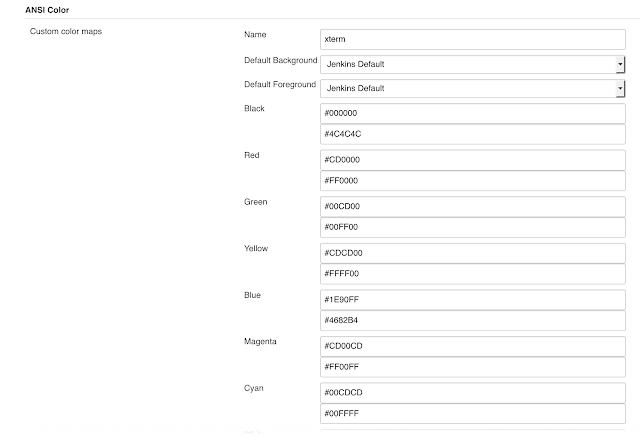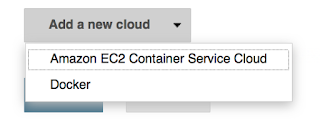How to provide effective training/presentation
Providing effective training is an art form. It requires much dedication and skill to engage your students so they believe they have benefited. Simple presentations can feel dull and unengaging, making the topic less interesting and many times leading to little or no knowledge transfer, even if the subject was covered correctly and the information was spot on.
Gaining—and keeping—the interest of your audience is paramount in any successful training program. Here are a few essentials to consider when creating your presentation to make it more effective:
Start with the basics
Whatever is the level of your course, it’s always good to provide a basic overview of the subject before moving forward to the topic. No style of teaching or learning is the same, and students could have different levels of understanding regarding the subject matter. Provide some basic details on off-topic content—this could be useful to help the audience connect with the main topic. You may never know the exact level of your audience’s expertise and their expectations.
Engage your audience
The stand-and-deliver method of training, in which the trainer talks and the trainees listen, is ineffective and only serves to bore the audience. Don’t lose their attention: Keep them involved by asking questions, inputs and thoughts on topic. The trainer also can host a question-and-answer session as another chance to engage the audience.
Provide some fun in your content
I have found that humor can play a very important role in the delivery of training or a presentation, providing some energy and creating another way for the audience to engage. It also can help to break monotony of a presentation. A punch of fun may pull the audience from getting sleepy and help them feel fresh-minded. Also helpful: providing some useful general information related to your topic.
Keep giving breaks
Small breaks during a session are very important for both the presenter and listeners. Offer breaks at regular intervals—say, every one to two hours. This, too, will help prevent them from getting sleepy by giving them the chance to get up and stretch their legs. Plus, they’ll come back refreshed.
Give assignments
Never ever end or break your session without giving some type of assignment to your trainees. That will help them remember and retain what you’ve taught them—it’s very easy for humans to forget the things they learned if they don’t have a chance to practice it. Give your trainees some hands-on, to make sure they understand the topic and can recall it easily.
Overcoming Presentation Challenges
Presenters do face certain challenges, which can potentially be disruptive to a training session. Here are a few along with some ways to combat them:
- It’s very common for the audience to engage with their mobile devices or laptops instead of paying attention to the presenter—and believe me, that is really irritating. Ask your audience to put away those devices before the session starts to eliminate the distraction.
- It’s also common for the audience to stay quiet and not ask questions, for whatever reason. It’s up to you to make them feel comfortable enough to speak or ask questions during the session—ask them questions to get them engaged, for example.
These are just a few points I’ve learned in leading successful training sessions, seminars and presentations. They’re based purely on my personal experience and knowledge, but hopefully they can help you create and deliver effective presentations.


Comments
Post a Comment